-
Medieval Warrior Guts Berserk Steel Knight Cuirass Body Armor Breastplate Battle Antique Medieval Warrior Guts Berserk Steel Knight Cuirass Body Armor Breastplate Battle Antique
$99.00 -
Roman Muscle Cuirass with Shoulder Armor Greek Corinthian Helmet + 300 Spartan Leg Arm Guard & Shield Medieval Knight LARP Halloween Costume Roman Muscle Cuirass with Shoulder Armor Greek Corinthian Helmet + 300 Spartan Leg Arm Guard & Shield Medieval Knight LARP Halloween Costume
Regular price $699.99 Sale price $289.99Roman Muscle Cuirass with Shoulder Armor Greek Corinthian Helmet + 300 Spartan Leg Arm Guard & Shield Medieval Knight LARP Halloween Costume
Sale price $289.99 Regular price $699.99 -
Medieval Knight Roman Cuirass Armor Chiseled Breastplate Outfit Handcrafted Authentic 18 Gauge Brass or Steel Medieval Knight Roman Cuirass Armor Chiseled Breastplate Outfit Handcrafted Authentic 18 Gauge Brass or Steel
Regular price $499.99 Sale price $319.99Medieval Knight Roman Cuirass Armor Chiseled Breastplate Outfit Handcrafted Authentic 18 Gauge Brass or Steel
Sale price $319.99 Regular price $499.99 -
Medieval Roman Muscle Cuirass Armor Knight Breastplate With Skirt Halloween Costume Medieval Roman Muscle Cuirass Armor Knight Breastplate With Skirt Halloween Costume
Regular price $699.99 Sale price $399.99Medieval Roman Muscle Cuirass Armor Knight Breastplate With Skirt Halloween Costume
Sale price $399.99 Regular price $699.99 -
Medieval Roman Muscle Cuirass Armor Knight Breastplate with Skirt & Shoulder Medieval Roman Muscle Cuirass Armor Knight Breastplate with Skirt & Shoulder
Regular price $699.99 Sale price $399.99Medieval Roman Muscle Cuirass Armor Knight Breastplate with Skirt & Shoulder
Sale price $399.99 Regular price $699.99 -
Medieval Brass Big Eagle Armor Roman Cuirass Reenactment Breastplate 18 Gauge Brass Cuirass for Cosplay Medieval Brass Big Eagle Armor Roman Cuirass Reenactment Breastplate 18 Gauge Brass Cuirass for Cosplay
Regular price $699.99 Sale price $399.99Medieval Brass Big Eagle Armor Roman Cuirass Reenactment Breastplate 18 Gauge Brass Cuirass for Cosplay
Sale price $399.99 Regular price $699.99 -
Medieval Roman Cuirass Greek Muscle Armor White LARP Knight Armor Halloween Costume Medieval Roman Cuirass Greek Muscle Armor White LARP Knight Armor Halloween Costume
Regular price $699.99 Sale price $399.99Medieval Roman Cuirass Greek Muscle Armor White LARP Knight Armor Halloween Costume
Sale price $399.99 Regular price $699.99 -
White Medieval Roman Muscle Cuirass Armor Knight Breastplate Larp Armor White Medieval Roman Muscle Cuirass Armor Knight Breastplate Larp Armor
Regular price $699.99 Sale price $499.99White Medieval Roman Muscle Cuirass Armor Knight Breastplate Larp Armor
Sale price $499.99 Regular price $699.99 -
Medieval Roman Muscle Cuirass Armor Knight Breastplate Armor Wearable Halloween Costume Medieval Roman Muscle Cuirass Armor Knight Breastplate Armor Wearable Halloween Costume
$399.99 -
Medieval Armor Spartan Muscle Armor Breastplate 300 Movie Armor Helmet Red Plum Roman Warriors Costume Medieval Armor Spartan Muscle Armor Breastplate 300 Movie Armor Helmet Red Plum Roman Warriors Costume
$249.99 -
Medieval Gladiator Armor Roman Cuirass Reenactment Breastplate Outfit Costume Medieval Gladiator Armor Roman Cuirass Reenactment Breastplate Outfit Costume
Regular price $999.99 Sale price $299.00Medieval Gladiator Armor Roman Cuirass Reenactment Breastplate Outfit Costume
Sale price $299.00 Regular price $999.99 -
Halloween Medieval Roman Reenactment Cuirass With Roman Helmet Outfit Costume Halloween Medieval Roman Reenactment Cuirass With Roman Helmet Outfit Costume
Regular price $899.99 Sale price $329.99Halloween Medieval Roman Reenactment Cuirass With Roman Helmet Outfit Costume
Sale price $329.99 Regular price $899.99 -
Medieval Armor Roman Cuirass Reenactment Knight Breastplate Outfit Costume Medieval Armor Roman Cuirass Reenactment Knight Breastplate Outfit Costume
Regular price $699.99 Sale price $349.99Medieval Armor Roman Cuirass Reenactment Knight Breastplate Outfit Costume
Sale price $349.99 Regular price $699.99 -
Medieval Roman Chiseled Cuirass Knight Reenactment Breastplate Outfit Costume Medieval Roman Chiseled Cuirass Knight Reenactment Breastplate Outfit Costume
Regular price $999.99 Sale price $349.99Medieval Roman Chiseled Cuirass Knight Reenactment Breastplate Outfit Costume
Sale price $349.99 Regular price $999.99 -
Medieval Armor Roman Cuirass Knight Breastplate Outfit Costume Medieval Armor Roman Cuirass Knight Breastplate Outfit Costume
Regular price $699.99 Sale price $399.99Medieval Armor Roman Cuirass Knight Breastplate Outfit Costume
Sale price $399.99 Regular price $699.99
Learn about : Roman Breastplates

Roman breastplates, also known as lorica segmentata, were a type of armor used by Roman soldiers during the Roman Empire. They were distinctive for their segmented construction, consisting of overlapping metal strips (usually iron or steel) arranged in horizontal rows. These segments were often connected by leather straps or hinges, allowing for flexibility and ease of movement.
The lorica segmentata provided excellent protection for the chest and abdomen while remaining relatively lightweight compared to other types of armor. Its design allowed for ventilation, which was essential for soldiers enduring the heat of
Mediterranean climates during campaigns.

Roman breastplates were typically worn by infa
ntry soldiers, particularly during the early Roman Empire. They were gradually replaced by
other types of armor, such as chainmail and scale armor, as the Roman military evolved.
The lorica segmentata remains one of the most iconic symbols of Roman military might and is often depicted in artwork, sculptures, and reenactments
of Roman military life. Its design influenced later developments in armor technology and continues to captivate historians and enthusiasts interested in ancient warfare.
Certainly! Here are some additional details about Roman breastplates:
1. **Construction**: The lorica segmentata was constructed from several main components:
- - **Shoulder Girdle**: Consisted of two large curved plates that protected the shoulders and upper chest.
- - **Upper Girdle**: Covered the upper chest and back, composed of multiple horizontal bands or hoops connected by hinges or straps.
- - **Lower Girdle**: Covered the abdomen and lower back, similar in construction to the upper girdle but often with more overlapping plates.
2. **Materials**: The segments of the lorica segmentata were typically made of iron or steel. The use of metal strips allowed for both strength and flexibility, crucial for withstanding impacts while still enabling mobility.
3. **Assembly**: Roman breastplates were assembled using a system of hinges, buckles, and leather straps. This allowed the armor to be adjusted to fit different body sizes and shapes. The segments overlapped in a way that provided good coverage while still allowing for movement.
4. **Usage**: The lorica segmentata was primarily worn by Roman legionaries during the early Roman Empire, from around the 1st century BC to the 3rd century AD. It was favored for its combination of protection, mobility, and relatively low production cost compared to solid plate armor.
5. **Decline**: Despite its effectiveness, the lorica segmentata gradually fell out of use by the late Roman Empire. The reasons for its decline are not entirely clear but may include changes in military tactics, economic factors, and the availability of alternative armor types such as chainmail.
6. **Symbolism**: The lorica segmentata became an iconic symbol of the Roman military and is often depicted in Roman artwork, sculptures, and monuments. Its distinctive appearance is instantly recognizable and is closely associated with the image of the Roman legionary.
Overall, the lorica segmentata stands as a testament to the engineering prowess and military innovation of the Roman Empire, showcasing their ability to develop effective and practical solutions for protecting their soldiers on the battlefield.

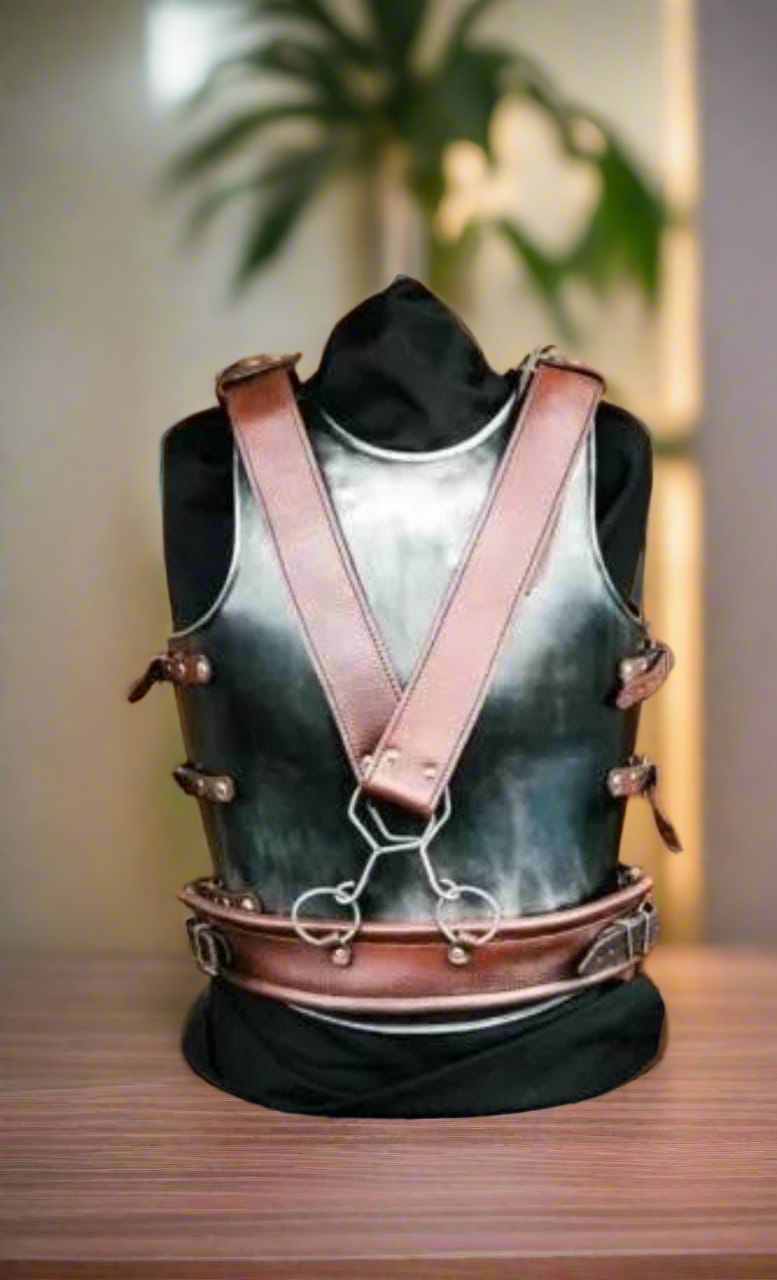
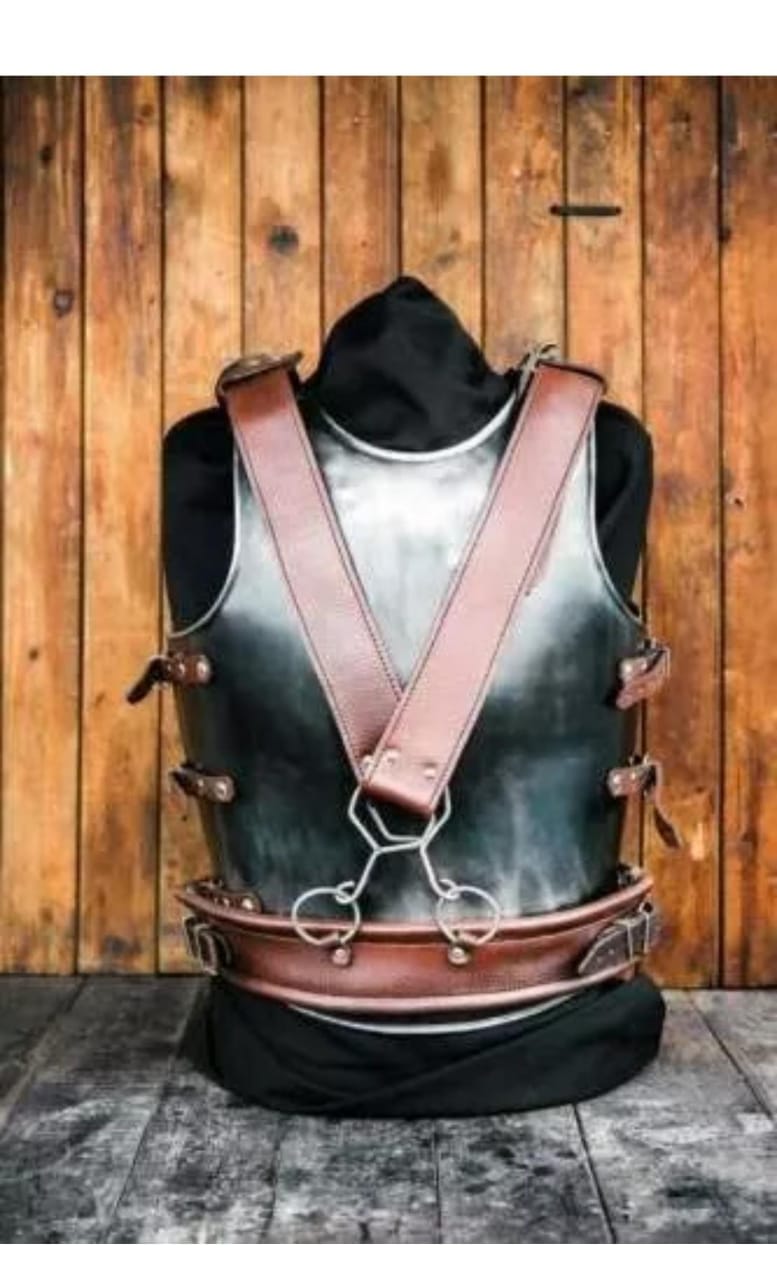
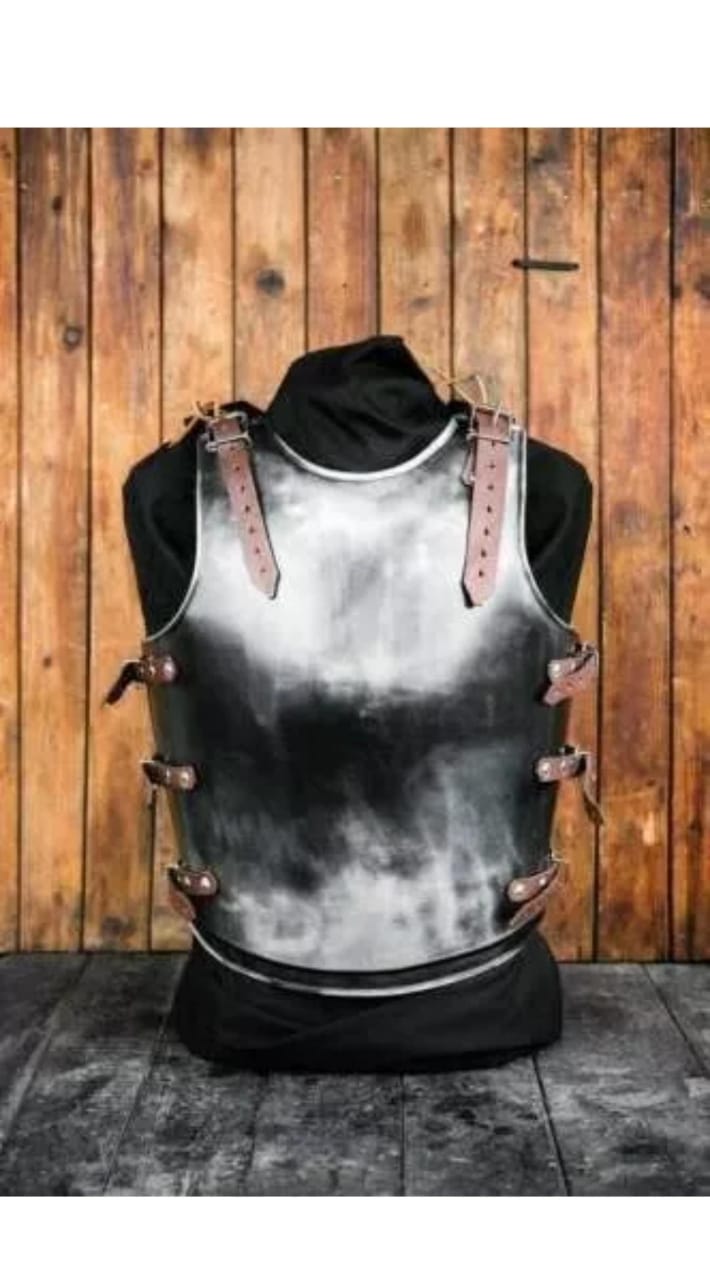
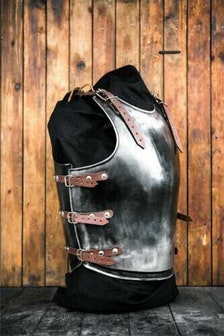


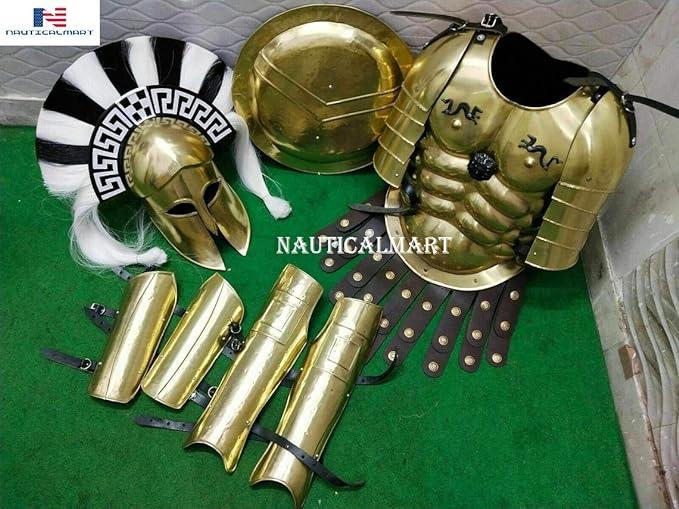
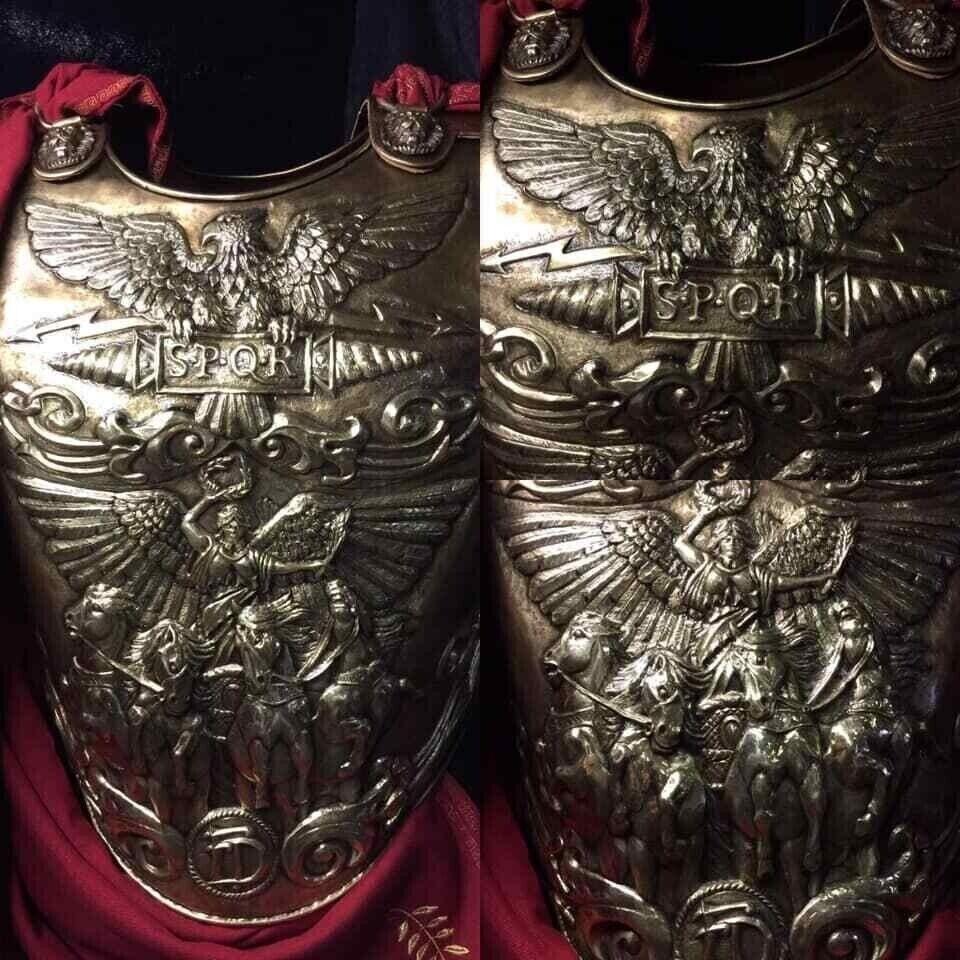
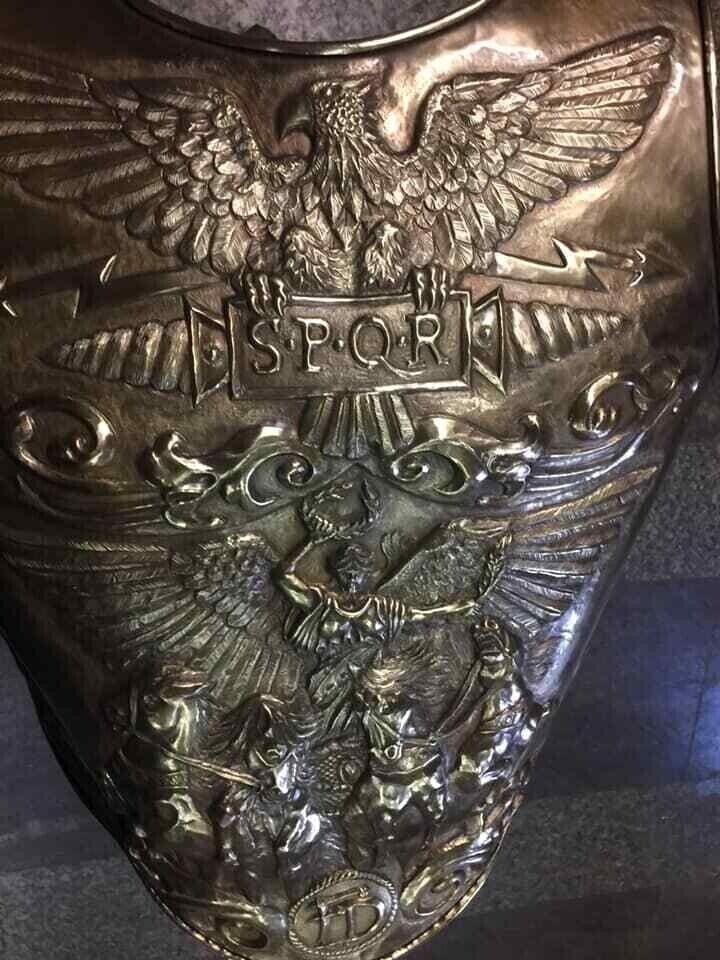

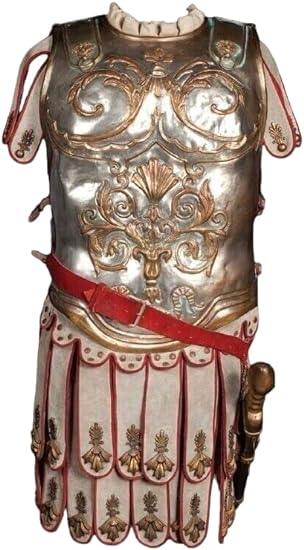
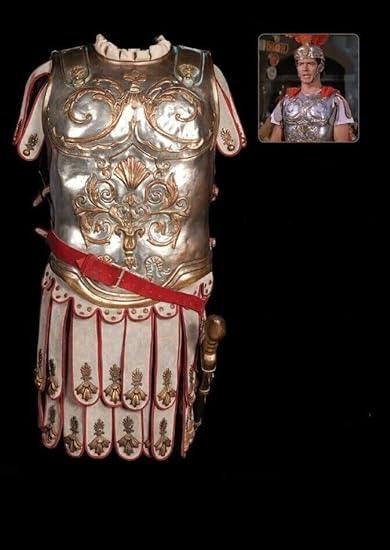
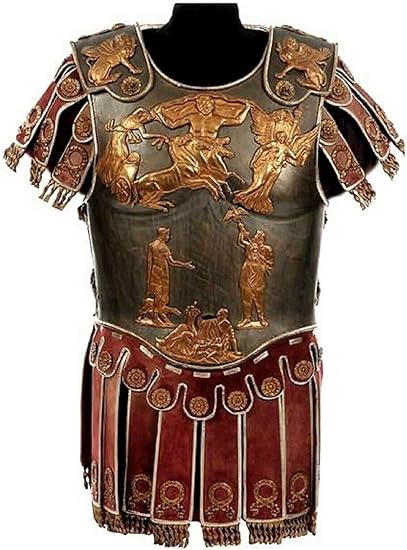
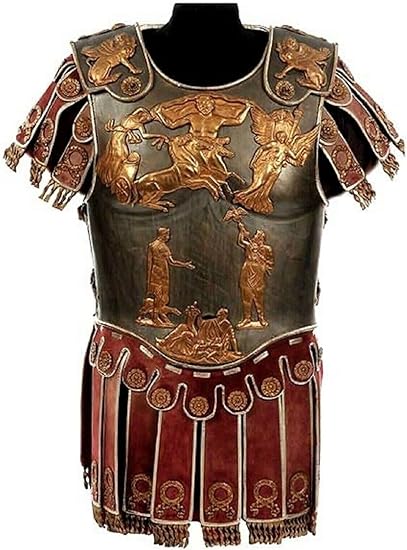
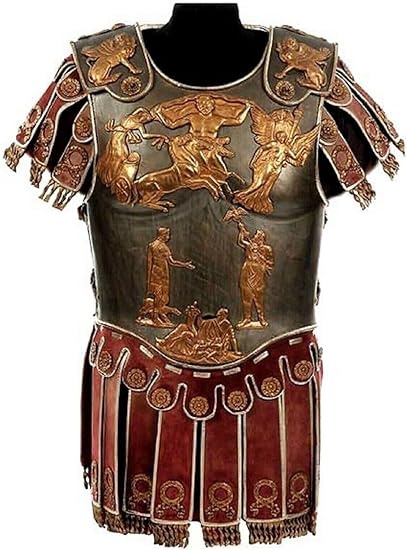
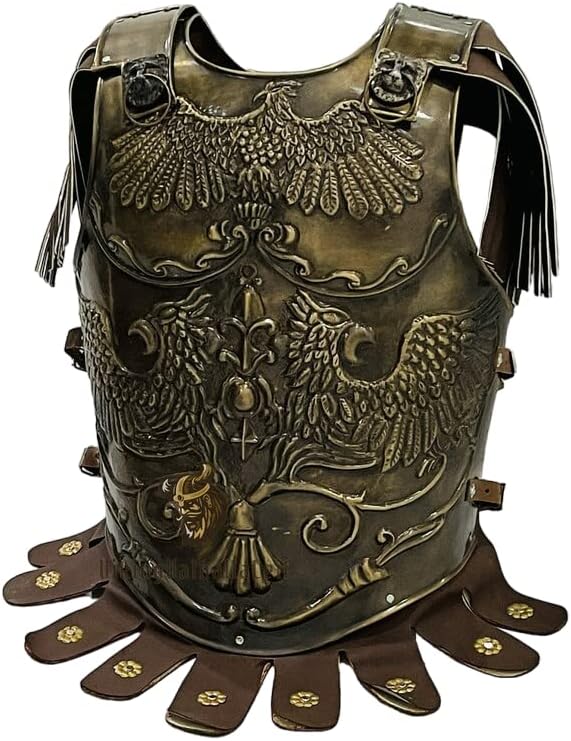
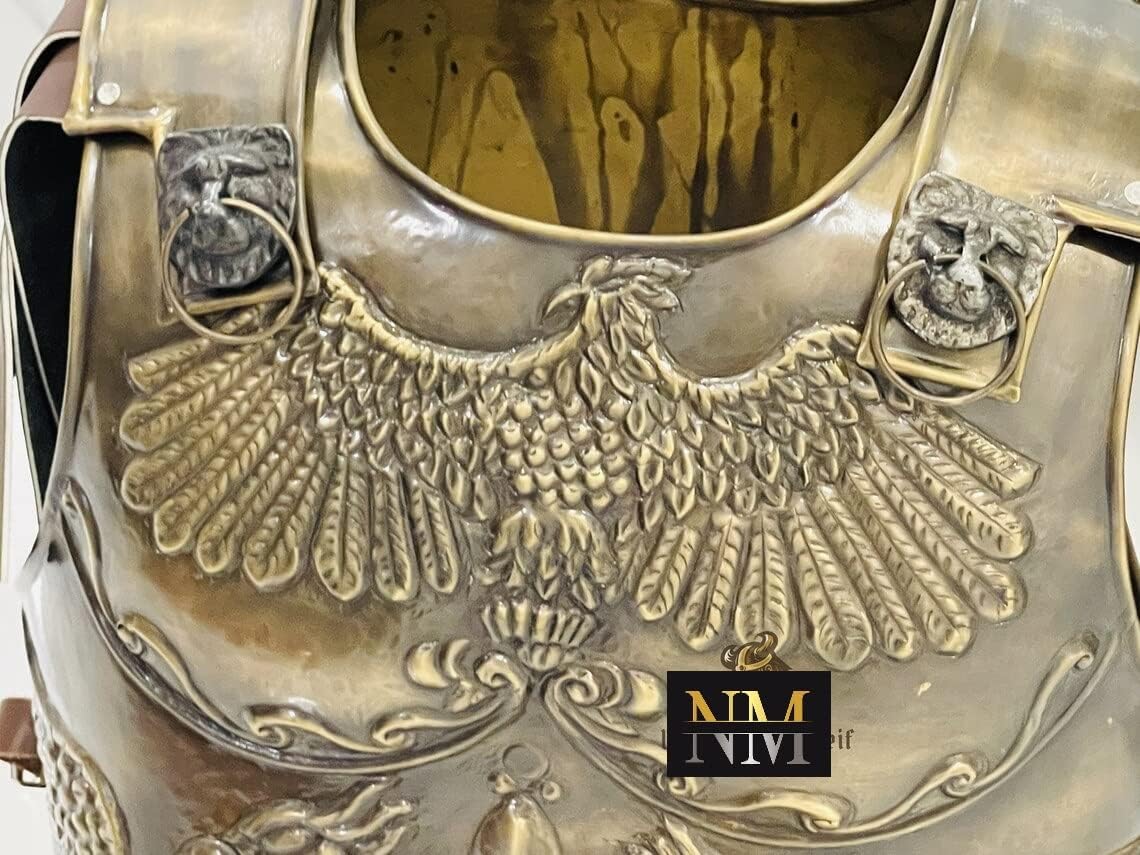
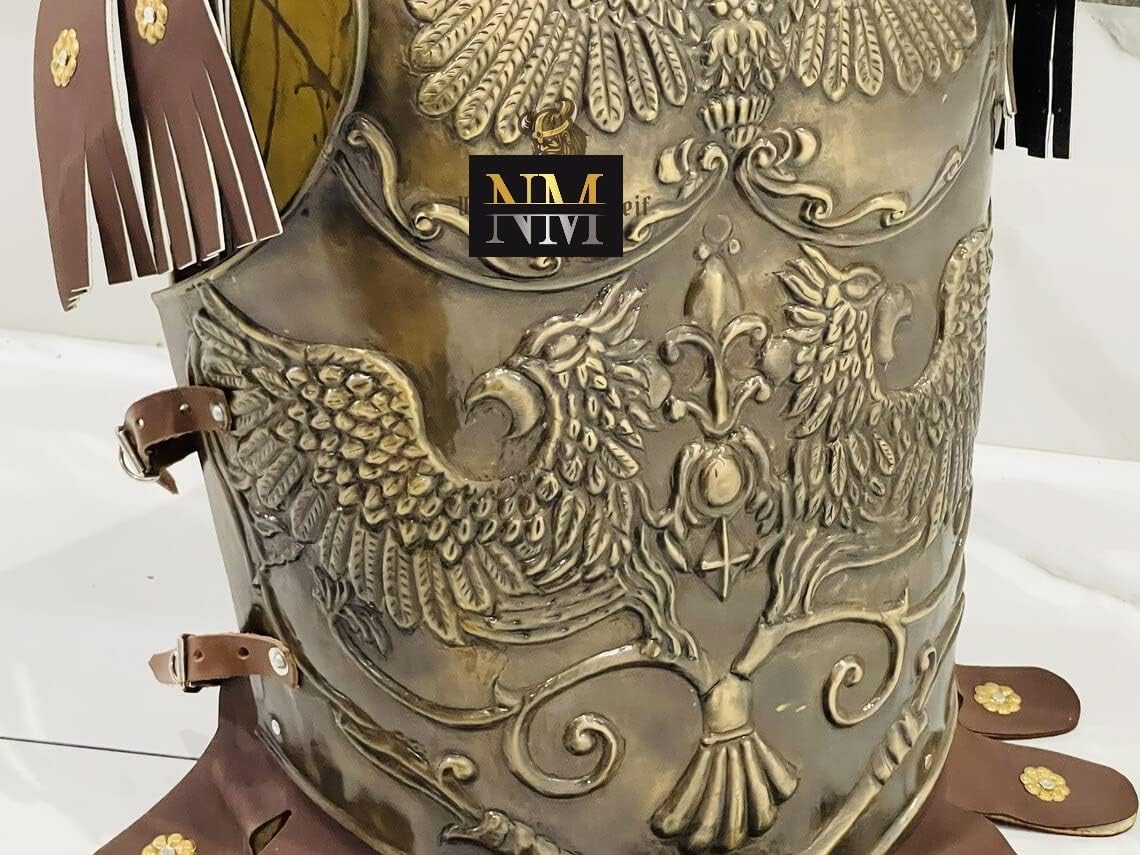
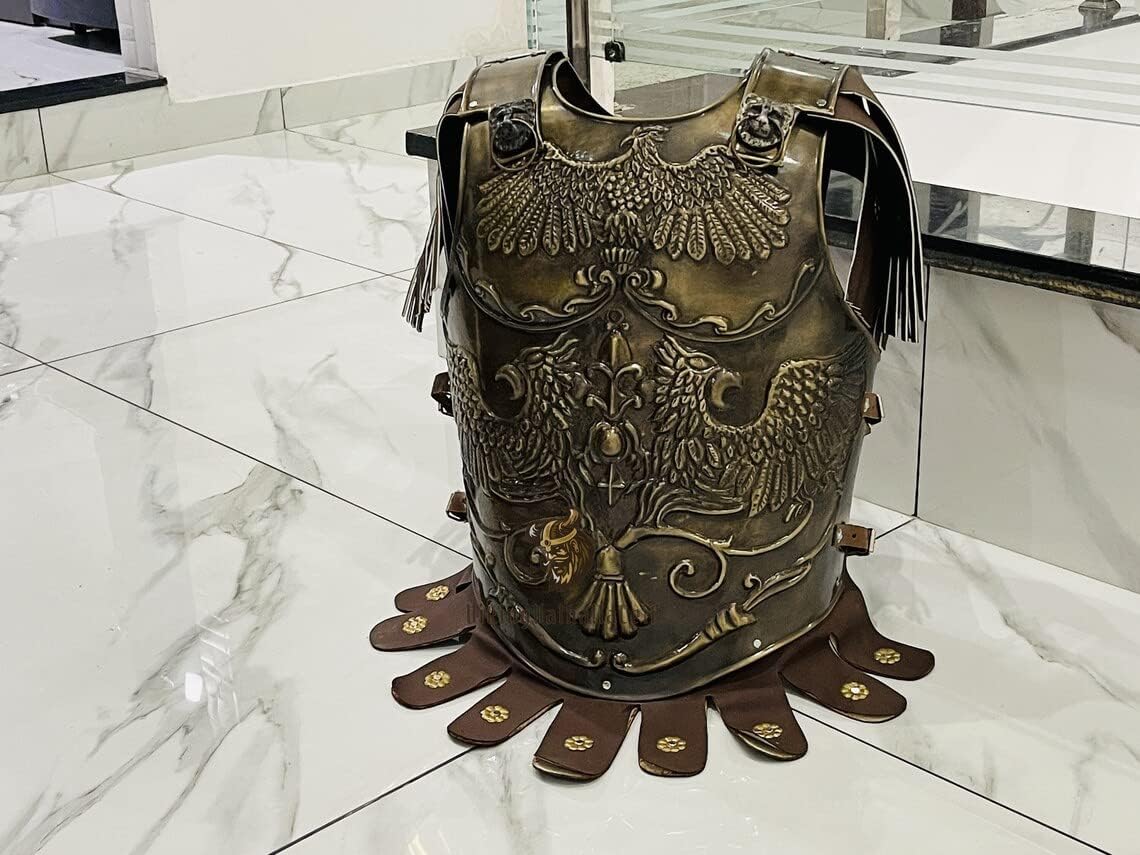
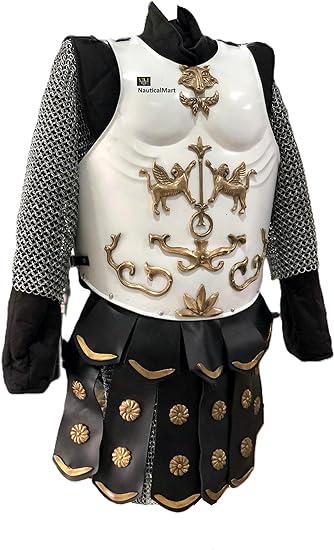
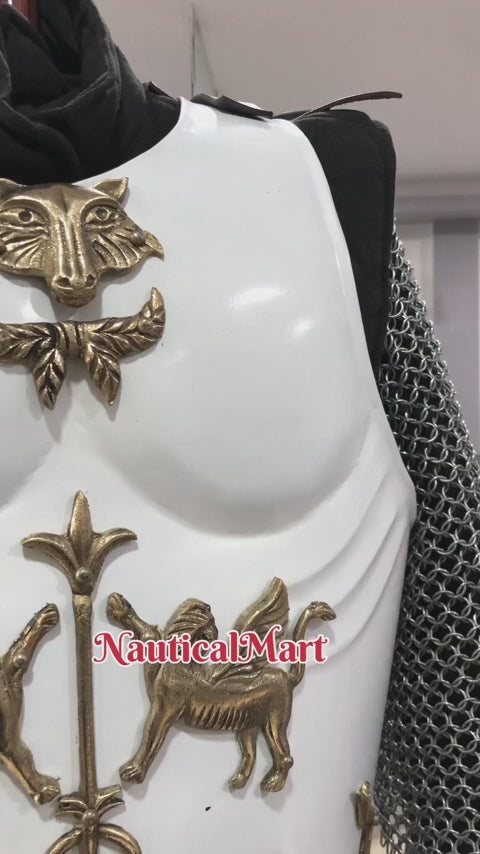

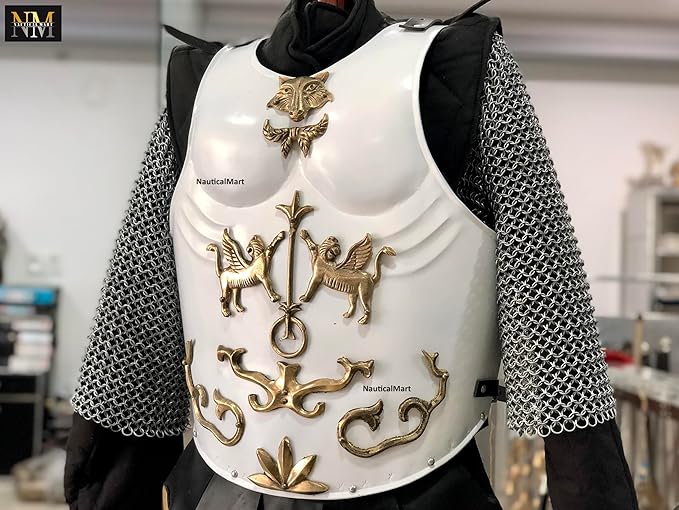
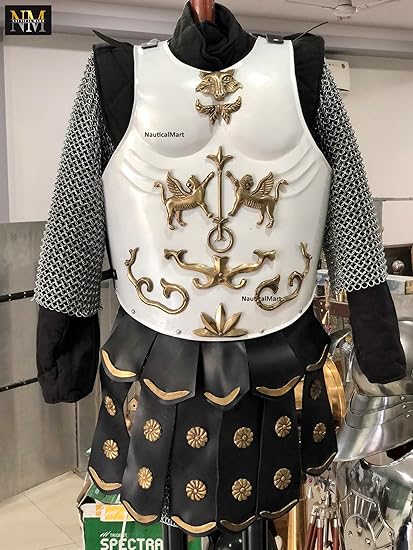

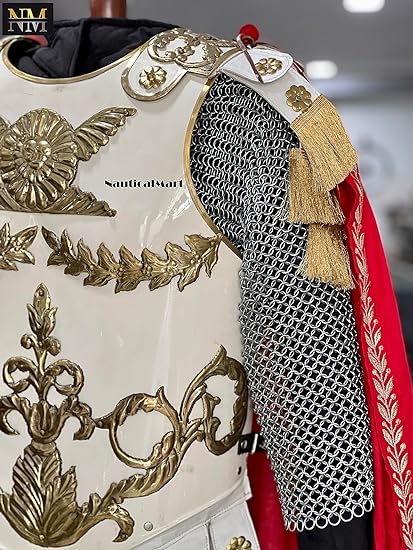

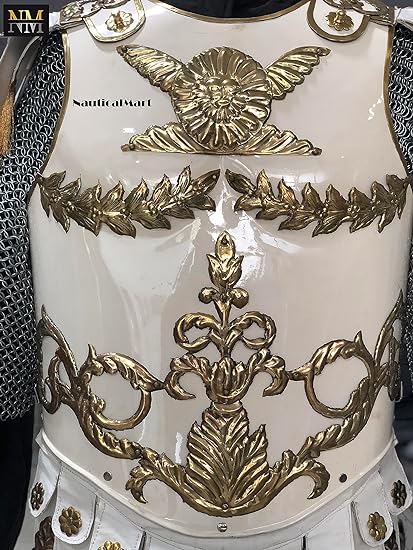
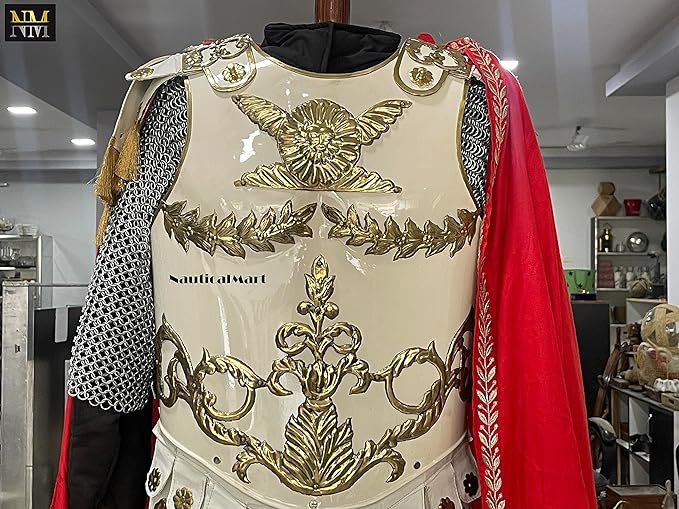
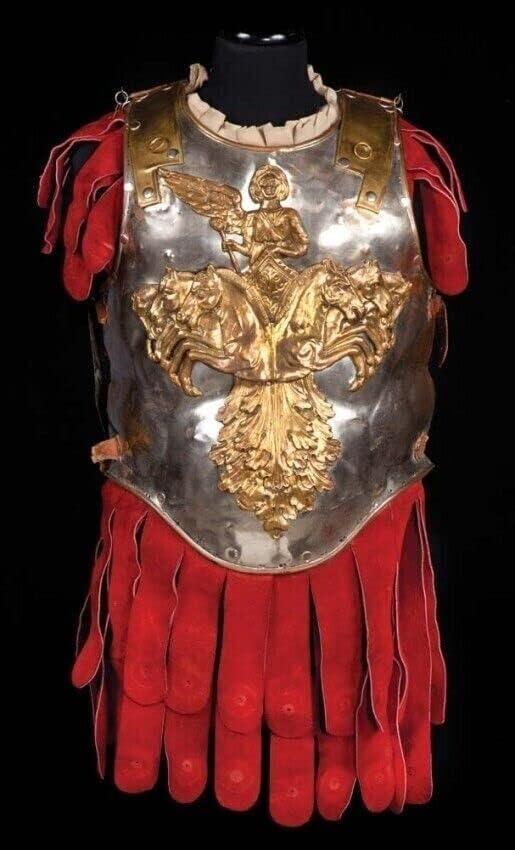
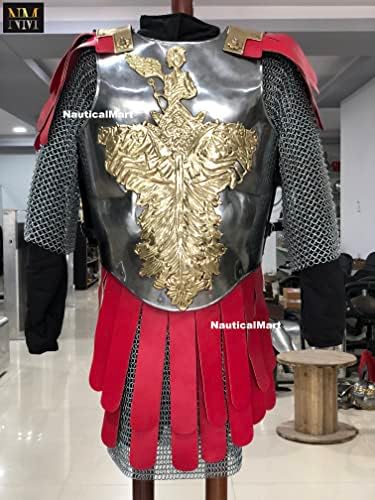
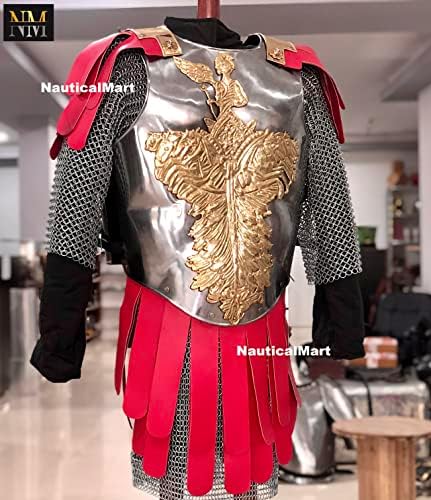
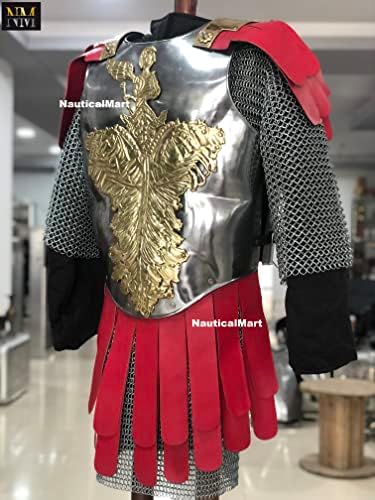

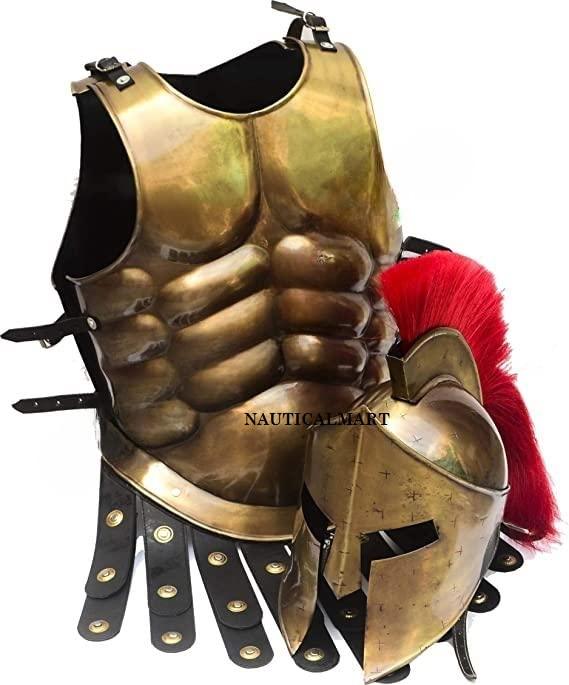
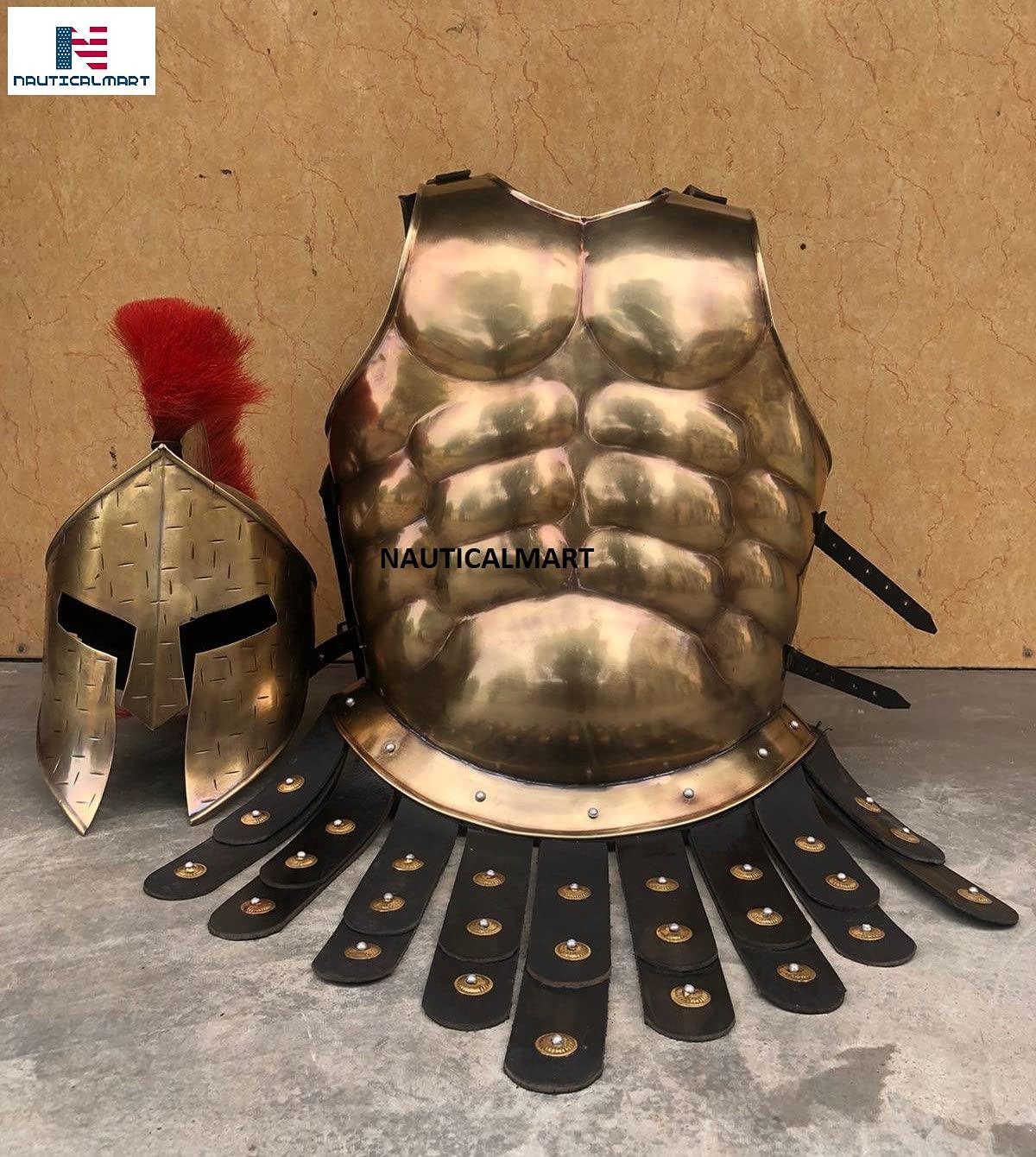
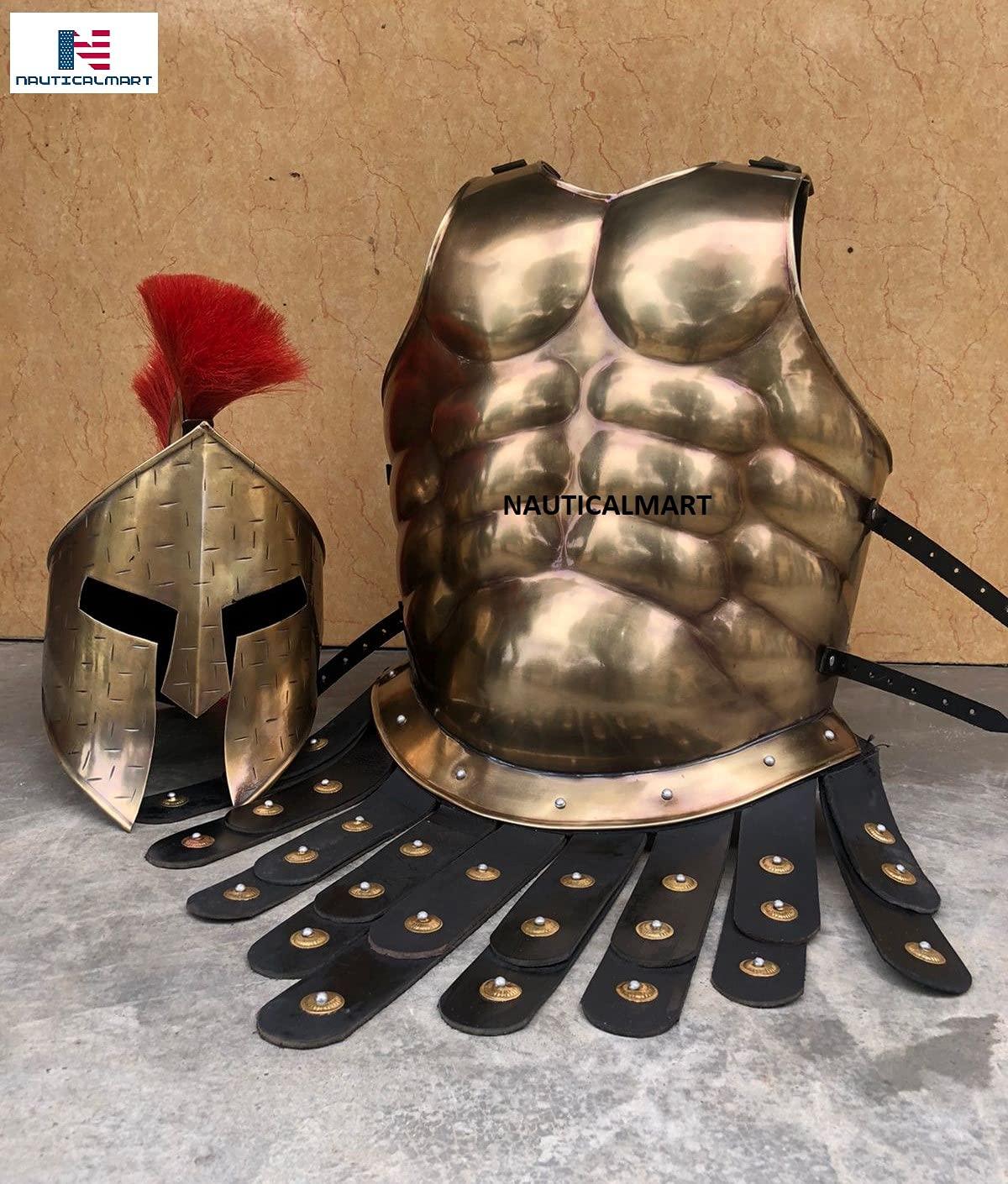
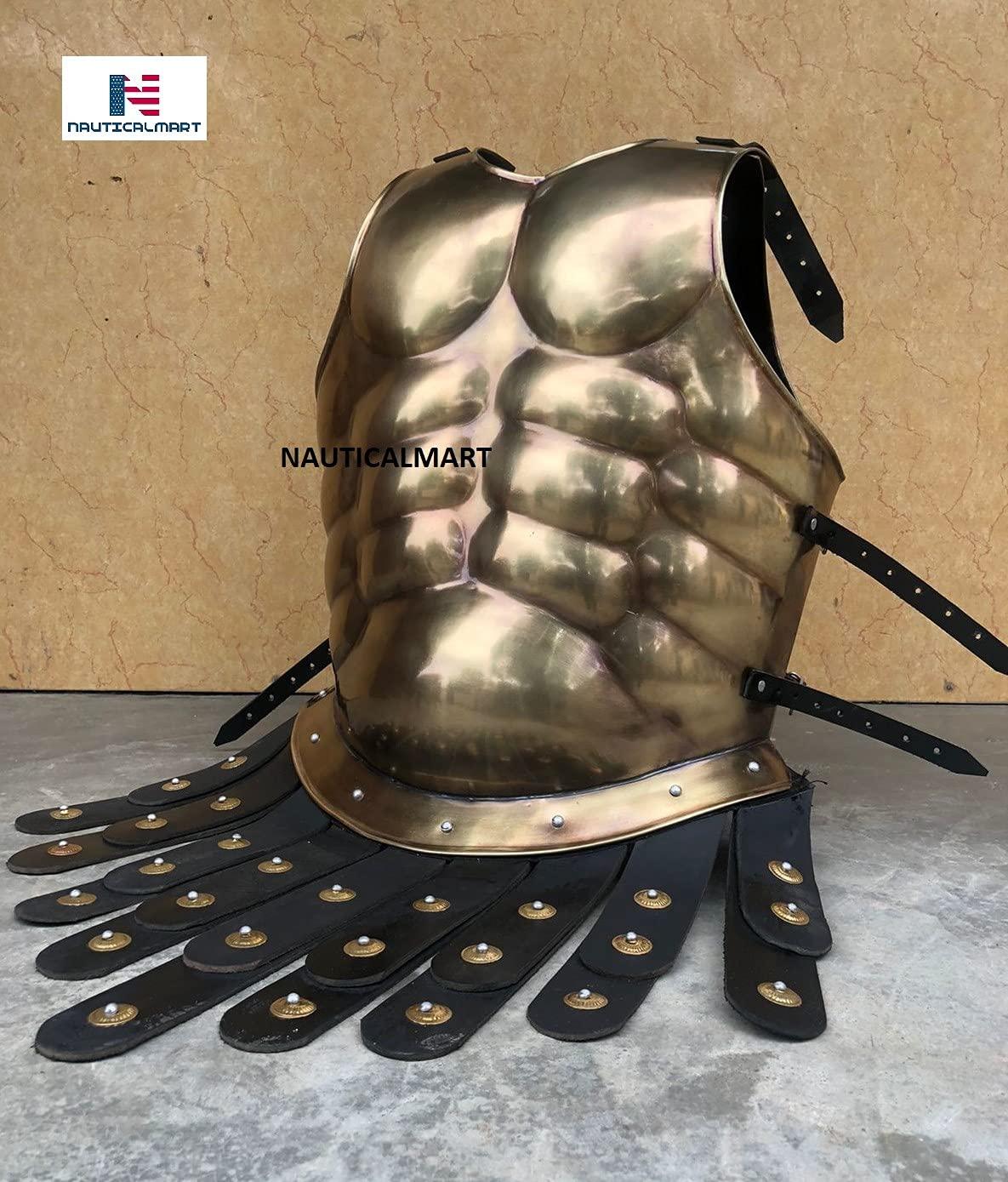


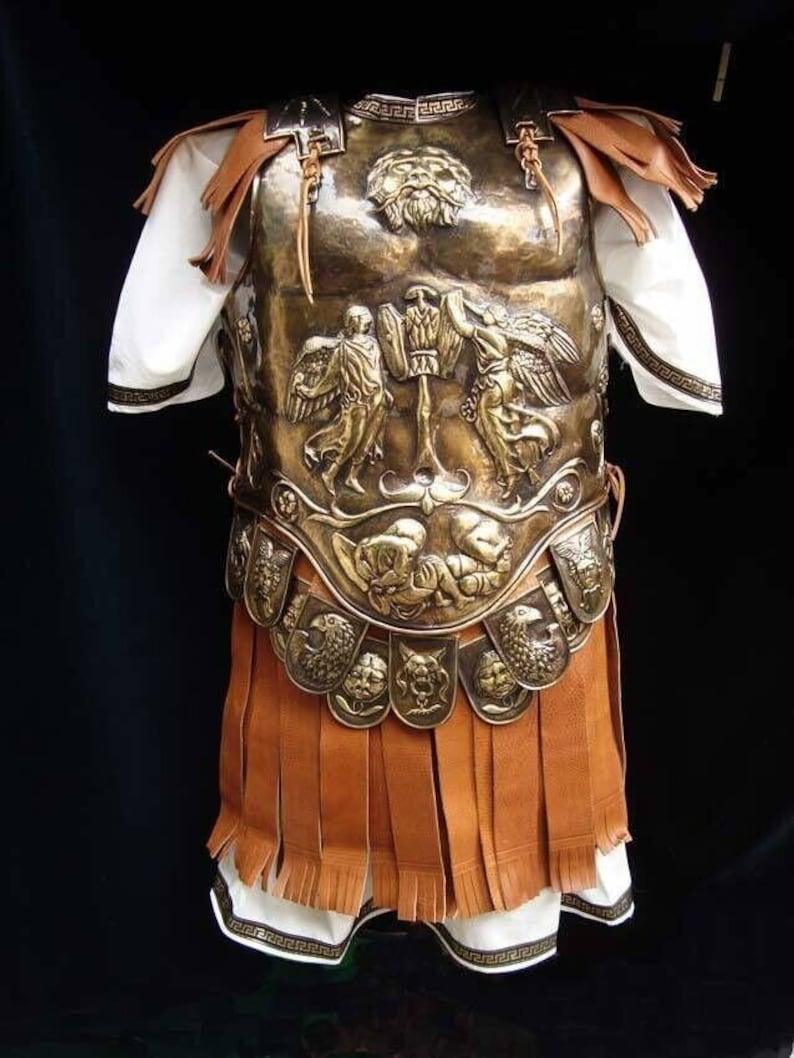
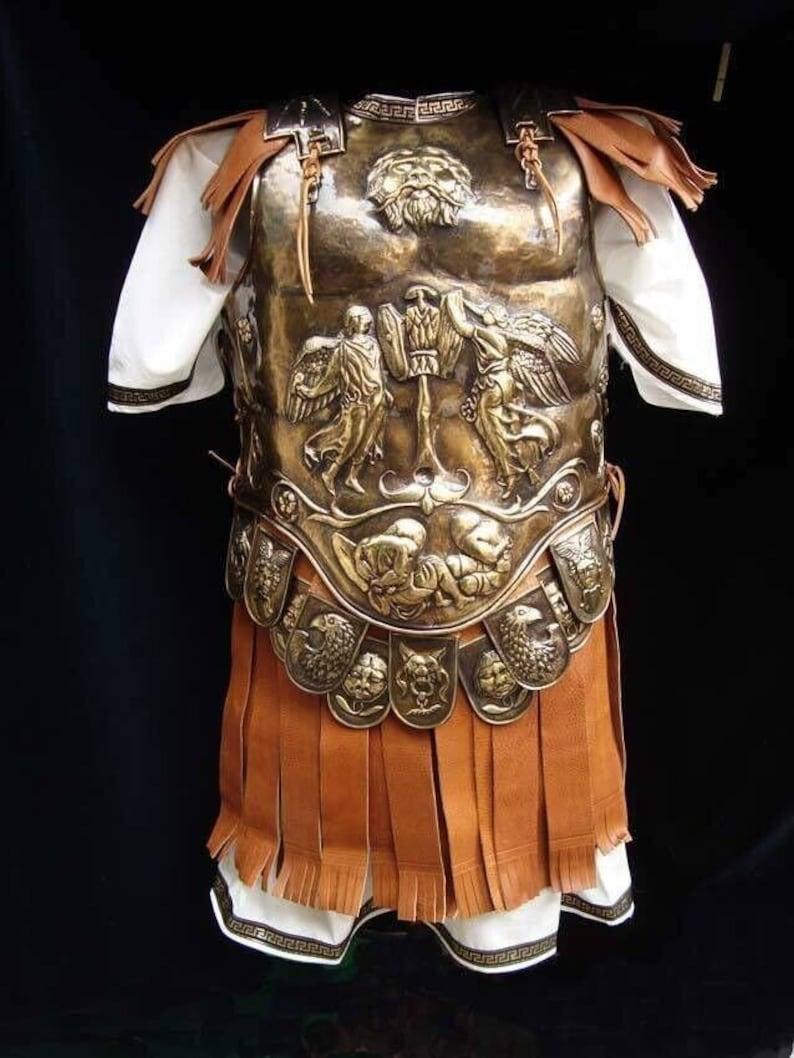
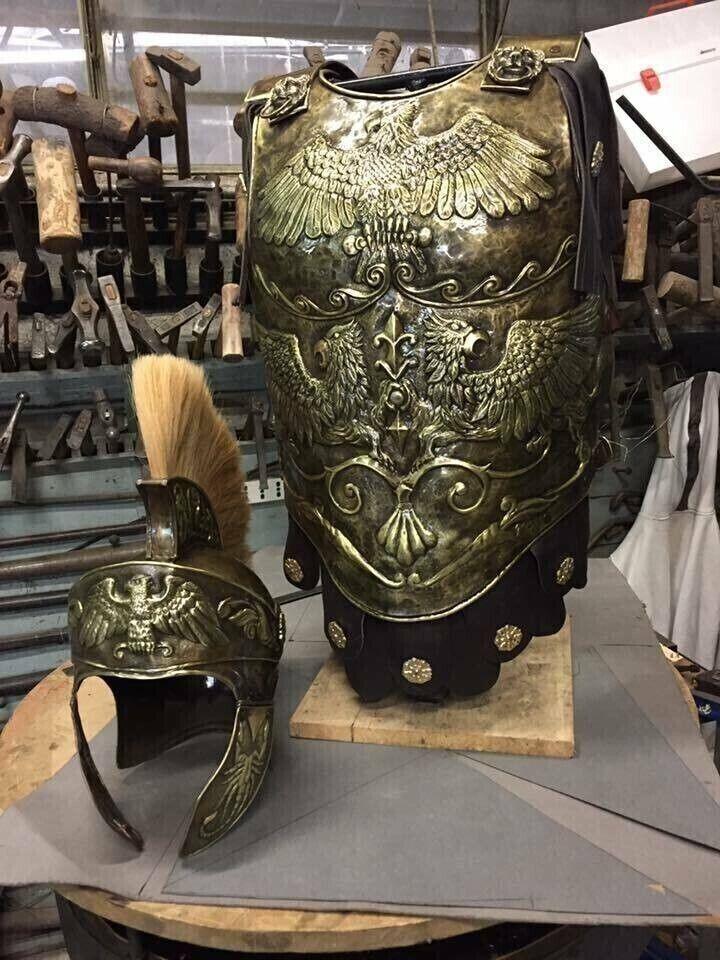
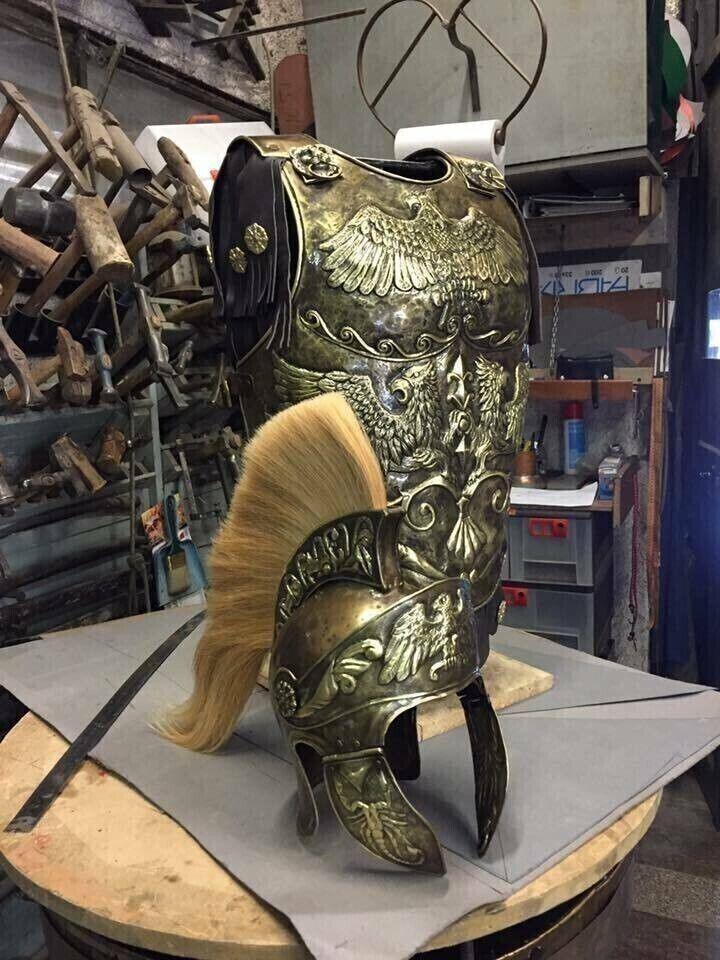
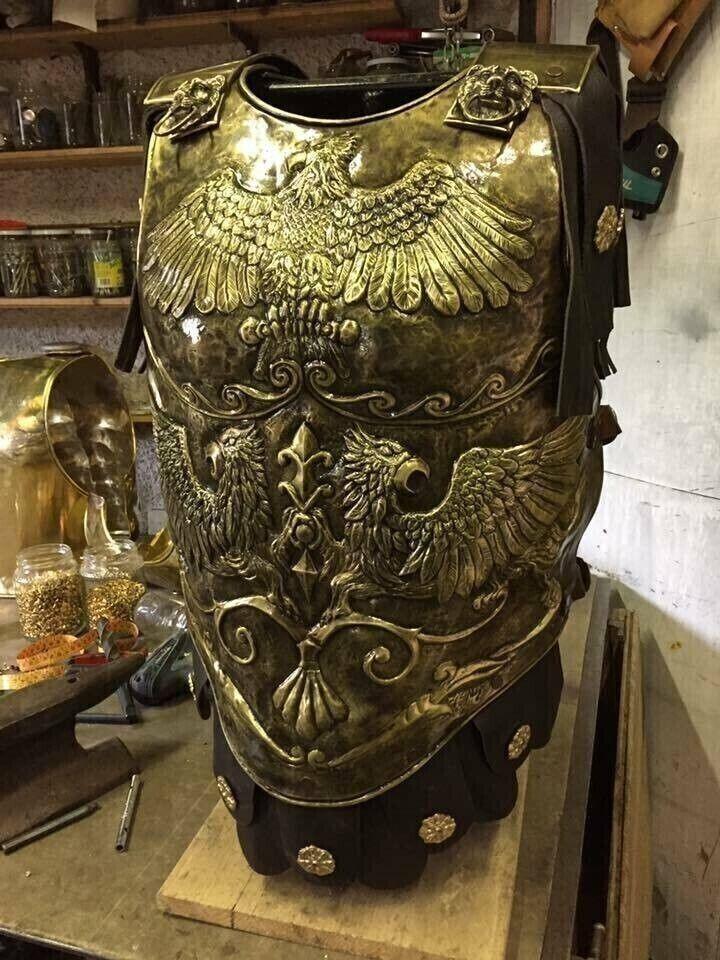

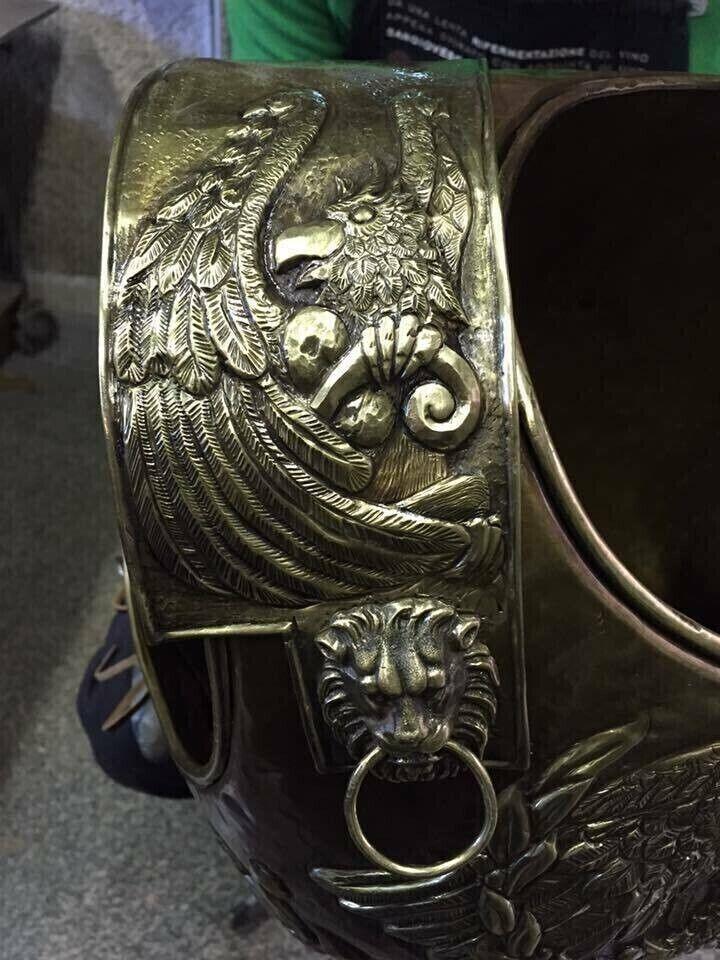
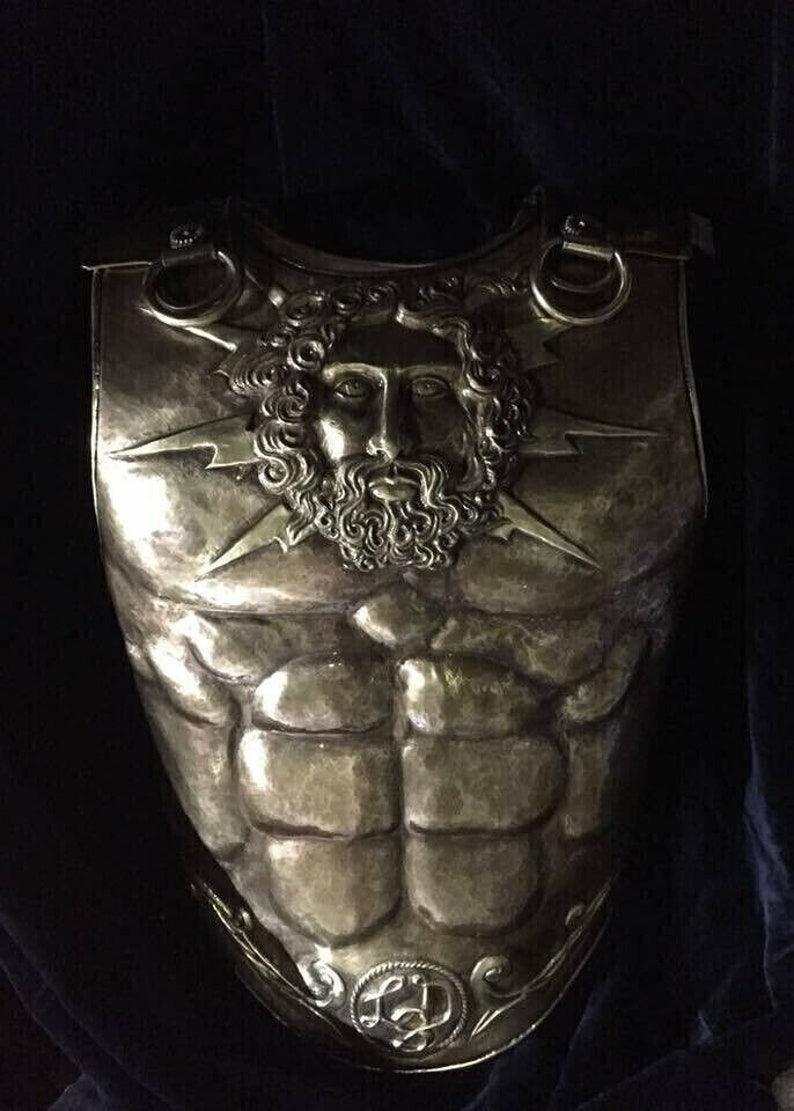
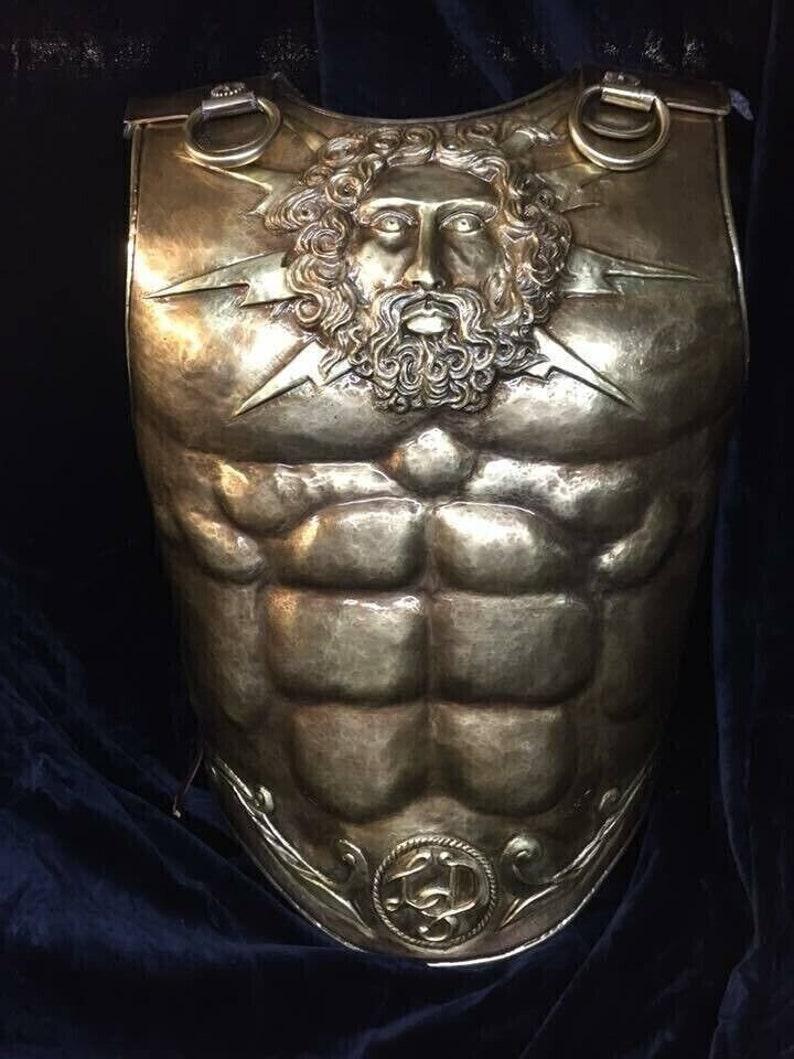

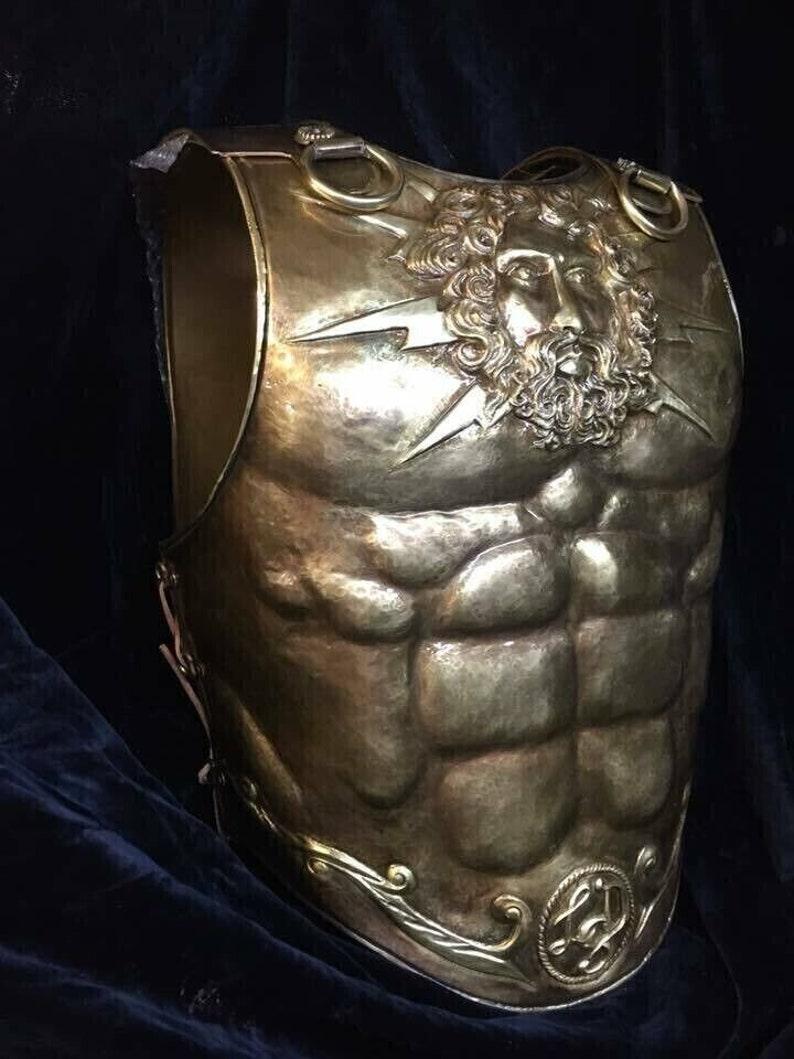
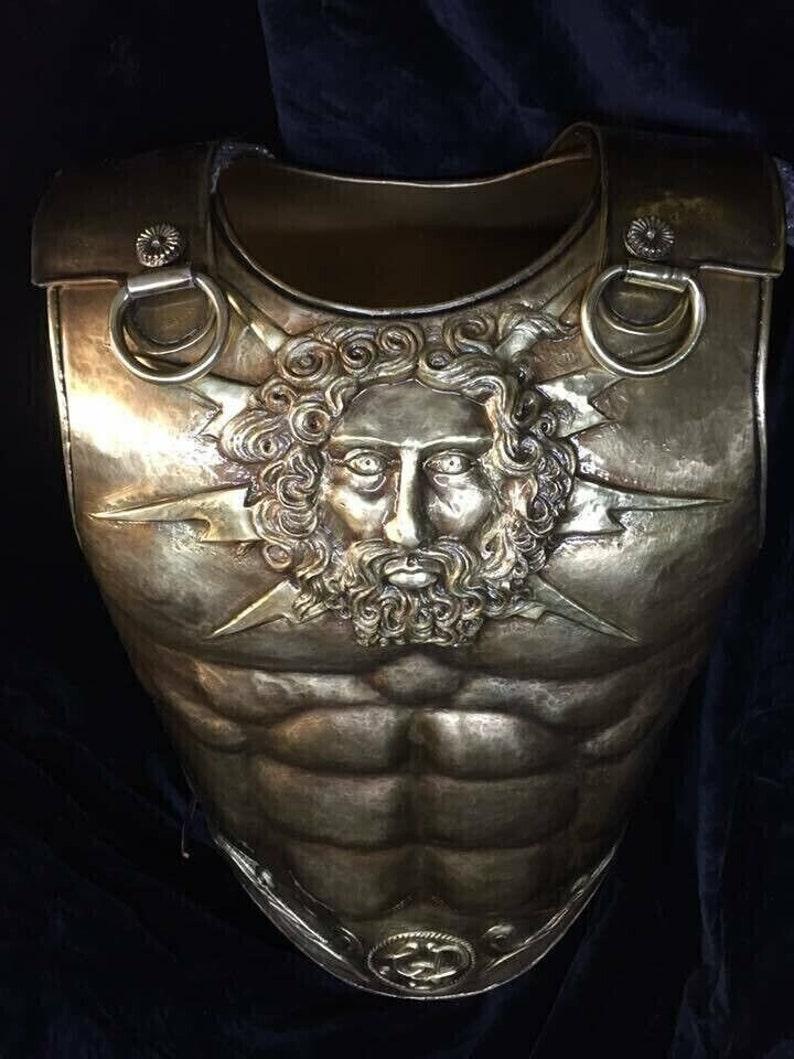
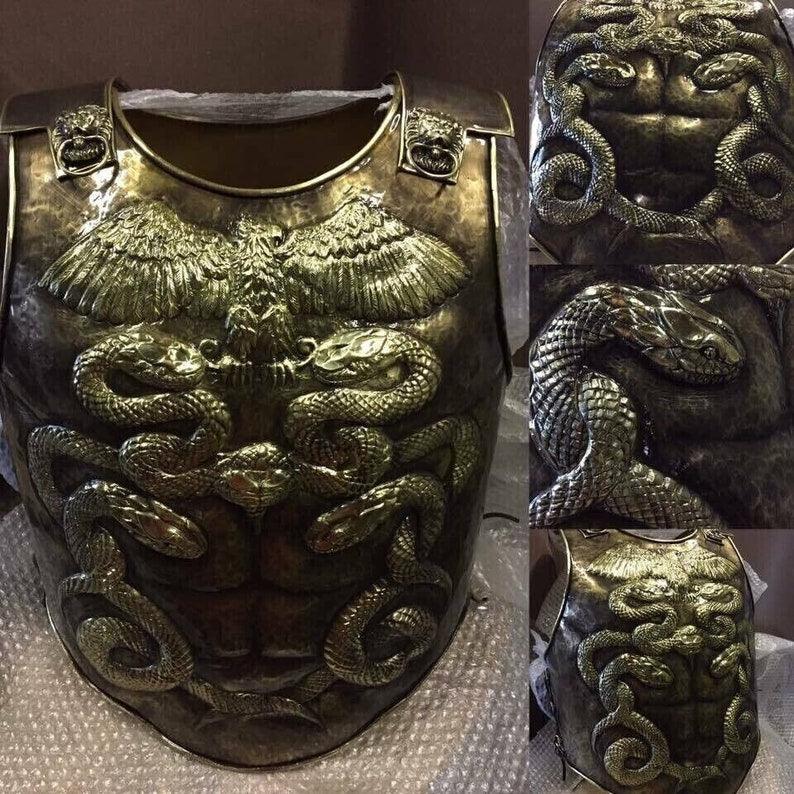
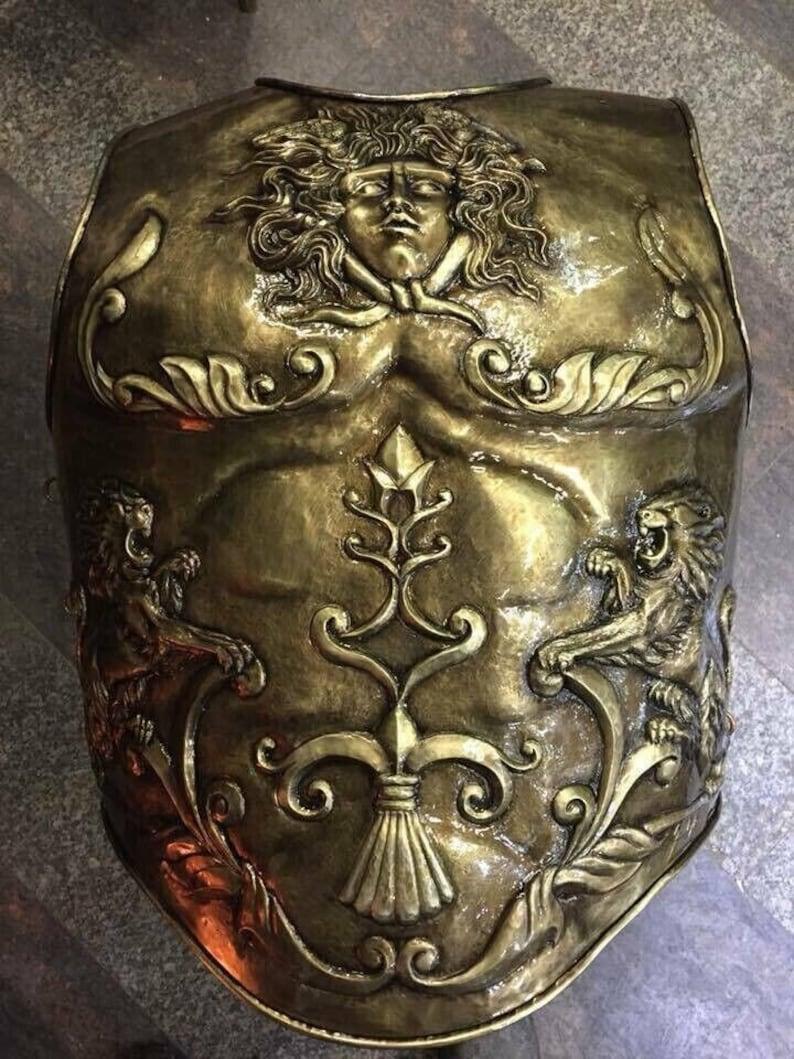
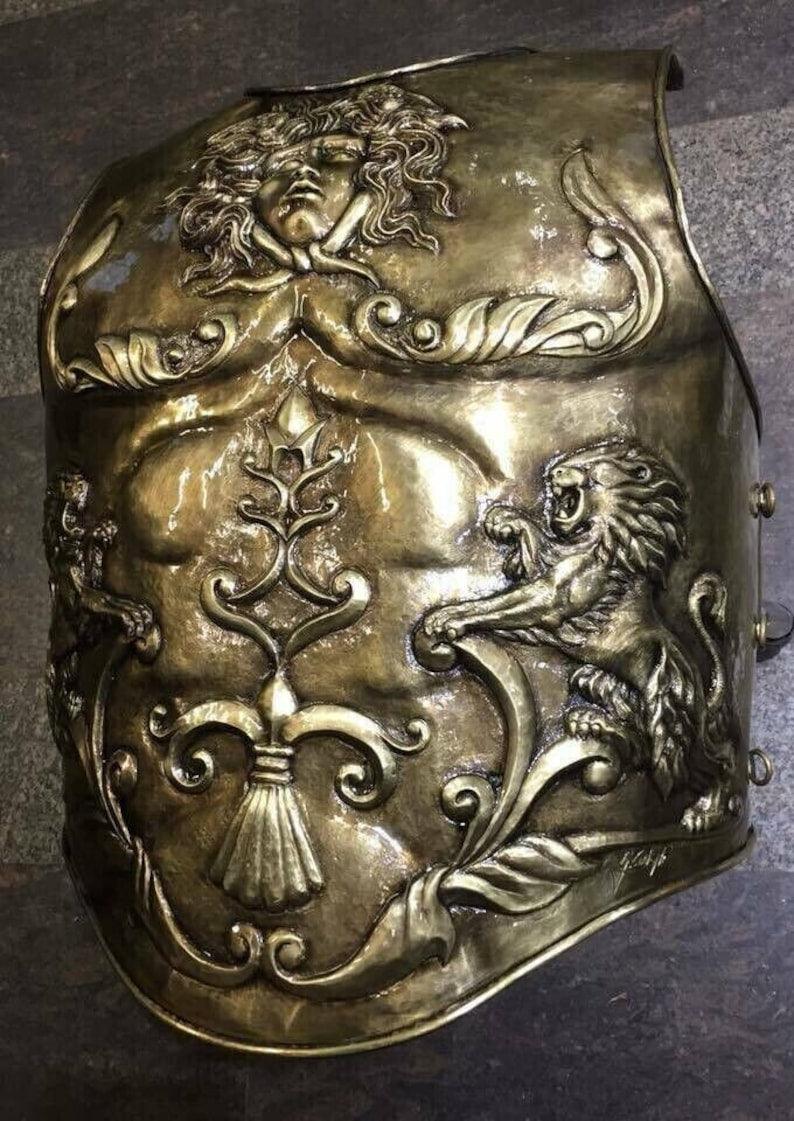

 Company Info
Company Info